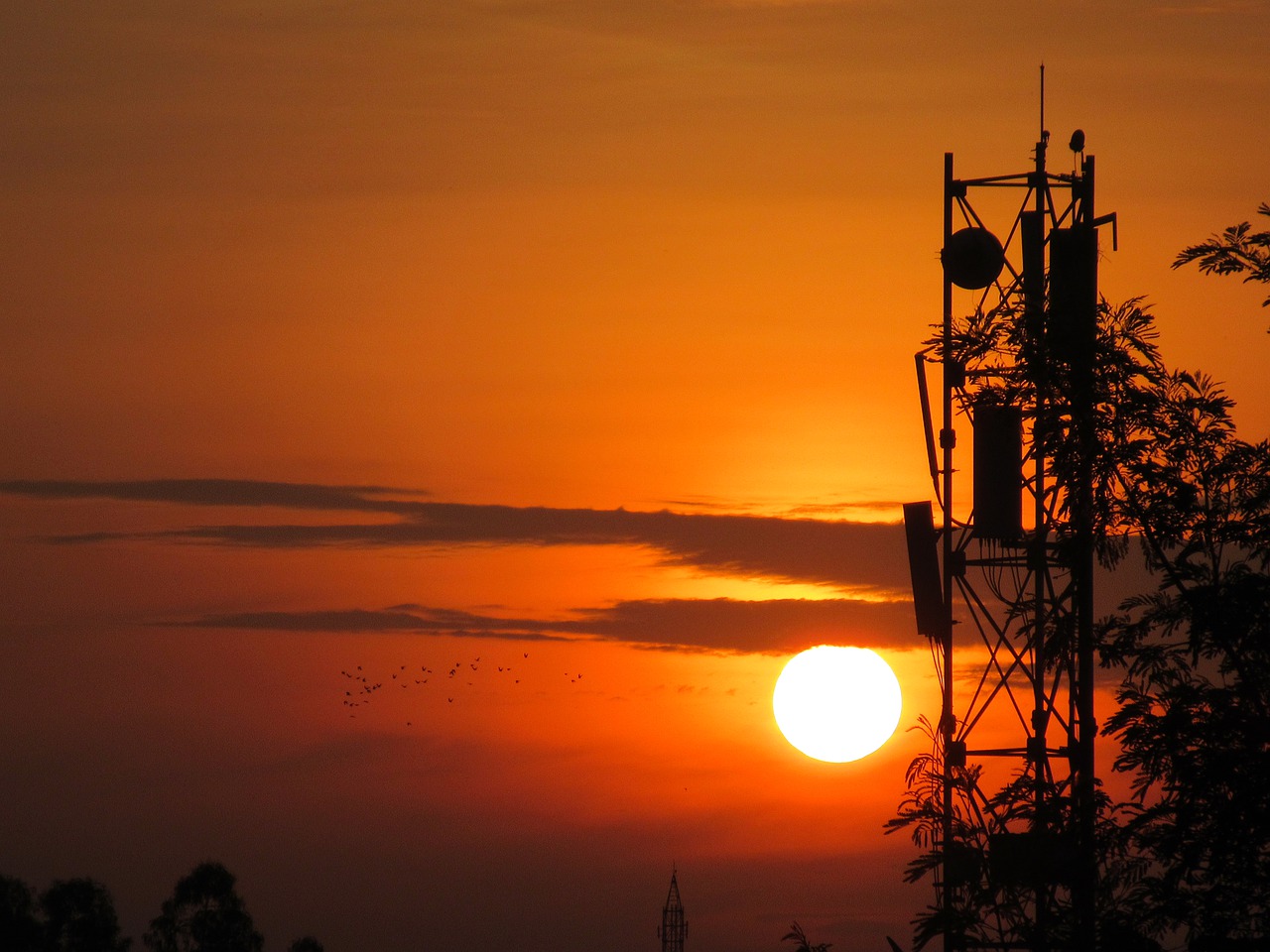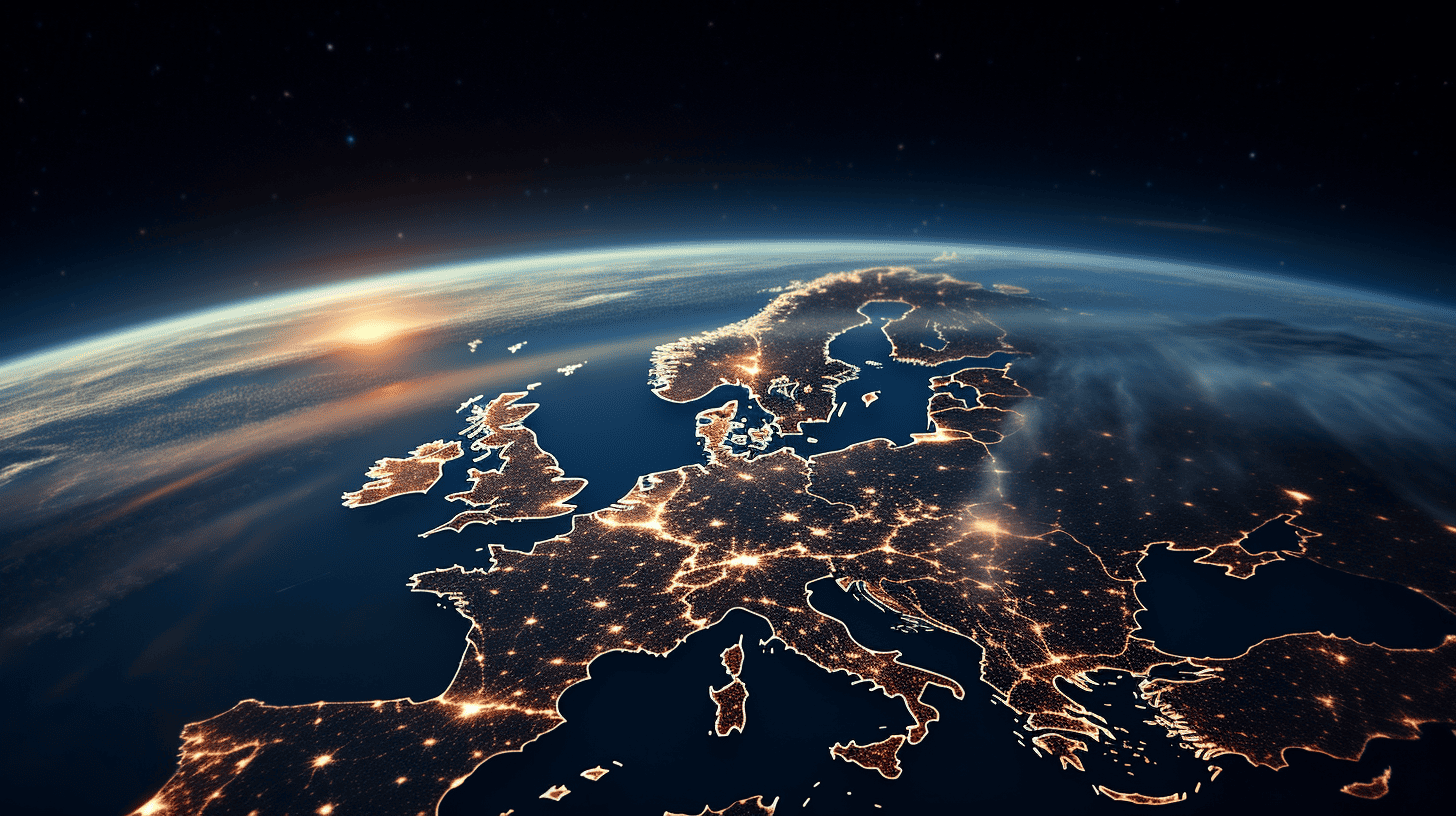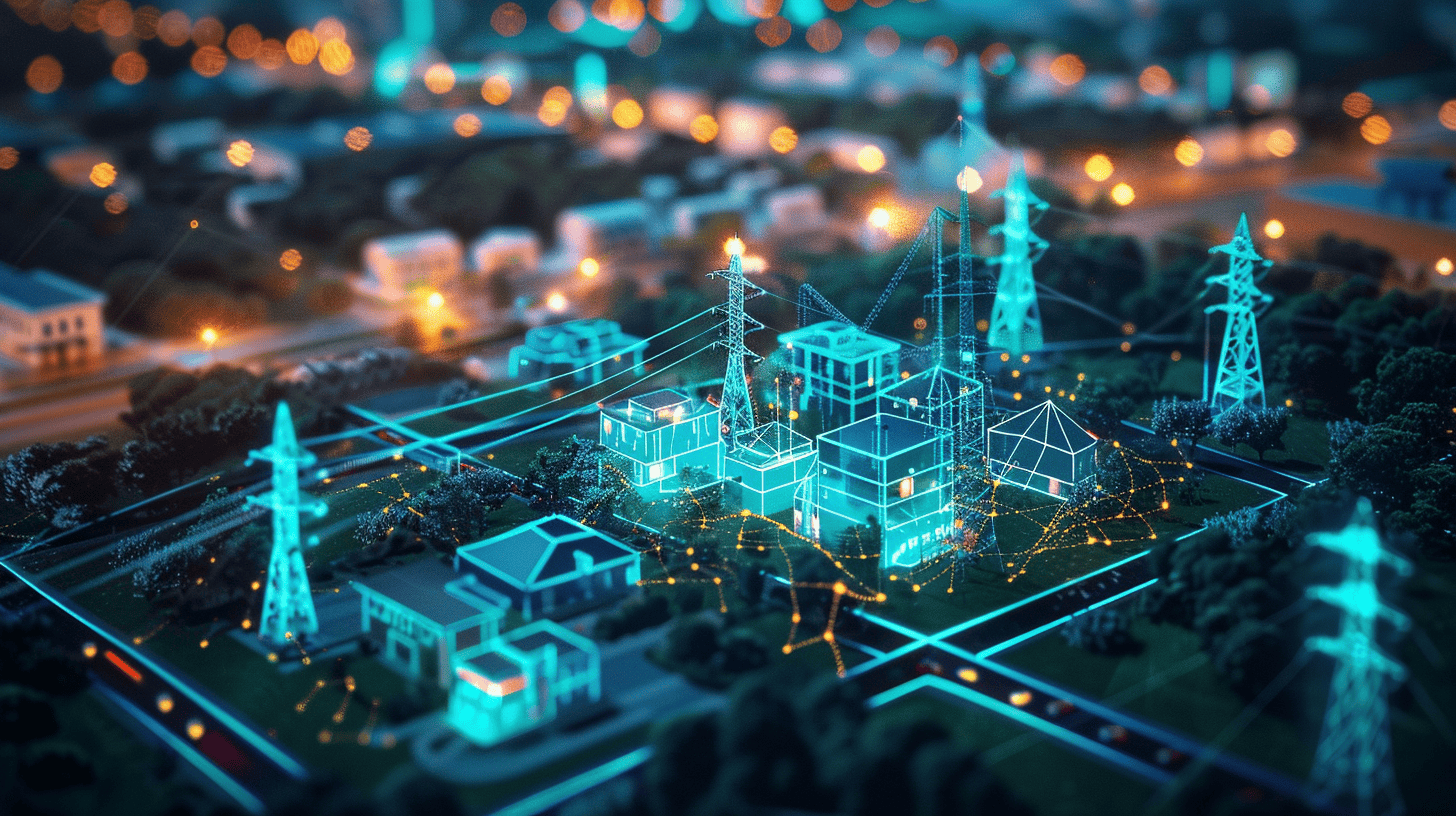
Solar geoengineering – reflecting sunlight back to counteract global warming – continues to divide the community of climate scientists. Especially in the Netherlands, where one group wants to convince the Dutch government to encourage research into this controversial technology, and other experts are conversely playing a prominent role in the recent international call for a non-use agreement. Still, there is some hope that the two camps will come closer together.
We fast-forward to a fictional 2050. First the good news: imagine that the climate goals agreed to in Paris and Glasgow some thirty years earlier have been met. A scenario with practically net zero emissions.
The bad news: the climate responds more sensitively to CO2 than we thought, so the temperature rise since the beginning of the industrial revolution still exceeds 2 degrees Celsius. As a result, it is now so hot in India that human life is barely possible. India has to do something, and it can: it has the means to have a large number of aircraft spray sulfuric acid into the stratosphere every day. The sulfur particles reflect sunlight back. This is how the country hopes to bring the temperatures back to bearable levels.
Except that there is a slight problem: India, along with just about every other country, signed a non-use agreement, which meant that there no research at all was carried out into how to apply solar geoengineering (as safely as possible). So now the country is opting out of this agreement, taking a huge gamble – after all, necessity breaks all laws. Everyone is holding their breath. The effects of the Indian intervention will be felt worldwide.
Controversial
Such is the disturbing scenario as sketched by Claudia Wieners, a climate scientist at Utrecht University who is working on the most controversial form of solar geoengineering: spraying reflective particles into the stratosphere, effectively adding a bit more air pollution to the air pollution that is already present. Nothing more than symptom control, and messy at that.
However, this is not even the most objectionable aspect of this technique: namely, the uncertainty about how it will work, which is difficult to predict as yet. Yes, temperatures will drop, but perhaps – just as with climate change itself – all kinds of side effects will ensue: storms, shifts in precipitation patterns, i.e. droughts and huge rainstorms, depending on the local conditions.
Not to mention the daunting issues surrounding governance: who decides when solar geoengineering is used? Who gets a voice in that and who does not?
Inevitable option
It is precisely for these reasons that Wieners finds it worthwhile to conduct research. In fact, she feels it is “plausible” that some countries will see this method as an inevitable option in a few decades’ time, despite all its drawbacks – and a non-use agreement.
Also interesting: Fabric shade screen in outer space against global warming
“It will be quite a feat to achieve the set climate targets,” she says, “And even then, the question remains as to whether they will be enough. What kinds of solutions will be left? Perhaps only temporary, large-scale measures to bring the temperatures down. It’s a very unpalatable scenario, and I sincerely hope that it does not happen. But if it does happen, I would rather that countries know what might work and what really won’t in advance, rather than do something that later proves to be ineffective.”
Herman Russchenberg, director of the Climate Institute at TU Delft, is not only a proponent of research into solar geoengineering, he also believes that the Netherlands should take the lead: “I understand the concerns of opponents about the regulatory aspects. I also fully agree with them that this technology should never be at the expense of reducing CO2 emissions.”
“Solar geoengineering is not much more than a fire extinguisher. Firm agreements must be in place on this. It is important to prevent one country or a powerful private party from exploiting it. Consequently, this research requires international cooperation. The Netherlands, in particular, can play a prominent role in this respect. The Netherlands has no political power, but it does have knowledge. And so we are a safe haven for know-how about solar geoengineering. Because even if we did have ulterior motives, then we would not be able to carry those out.”
Open Letter
Now another scenario, this time provided by Jeroen Oomen. Like Wieners, he carries out research at Utrecht University. He is also one of the driving forces behind the Open Letter that sixteen climate scientists published on June 17 in the scientific journal WIREs, in which they advocate a non-use agreement.
It’s 2050 and the climate targets have gotten closer, but have not been met. “Because,” says Oomen, “governments have continued to put too much energy into large-scale technological solutions, including research and development of solar geoengineering. As a result, they have ignored socio-economic changes that are very important for cutting back on CO2 and tackling global warming. I’m not even talking about the energy transition per se, but about such issues as livestock breeding and aviation. Issues on which we may have to make crucial decisions in the near future. In my opinion, proponents of research into solar geoengineering also underestimate how quickly politicians are going to lean on these kinds of technologies, without these techniques even being capable of what they often promise. And that money could actually be made from them as well.”
“Governments tend to drift from technological solution to technological solution,” adds Ina Möller. She conducts research on climate policy at the University of Wageningen. ‘With wind energy, we’ve seen that this kind of solution does not work very well if you don’t take the social aspects into account. Then you have the choice: you do something about it, which is a thankless task, or you go looking for yet another large-scale technological solution, in which case you end up with the same problem all over again. Large-scale solutions are not really the way to fight climate change either. Yes, CO2 emissions have to go down. That is worldwide. But how we go about that will vary from region to region.”
Embryonic phase
The question remains: is research into solar geoengineering in itself out of the question? Surely finding that out would demonstrate that it is a bad idea?
”The thing is,” says Oomen, ”you can do so many tests, but you don’t know how it will turn out until you actually put it into practice. And if things turn out badly, the consequences can be beyond our control. What’s more, I honestly cannot imagine that solar geoengineering would be feasible without an extreme centralization of power. Research into it will not change that.”
In any case, that research is currently in an embryonic phase. The data that in the existing models come from volcanic eruptions, which spew sulfur into the stratosphere. The first practical experiment, SCoPEx, was canceled last year in Sweden because there was too much resistance to it. This was literally just a test flight of a balloon without any contents.
What does Oomen think of this sort of experiment? “Not very compelling. However, I have the strong impression that the American research group behind this, which is led by Harvard professor David Keith, is made up of people who believe in this technology. I’ve tagged along with them, and have heard Keith propose to temporarily slow down the reduction in CO2 emissions. For a climate scientist, that’s a pretty radical statement. The justification was that we should not deny developing countries their right to further develop themselves. My counter-argument is that over the past three hundred years, not a single technology has been used specifically to protect the poor and weak. Incidentally, I do not doubt the sincerity of Keith’s argument.”
Non-use agreement
A final thought experiment. SCoPEx is taken off the hands of the impassioned David Keith. Claudia Wieners and Herman Russchenberg are handed over the reins. What would Oomen think of that? “In that case, I think that at least there would be real research into the risks. However, my distrust of how things are incorporated into the political system will not subside. I can imagine, though, that we might be able to agree on some kind of research policy.”
Oomen offers a recourse: “Personally, I think our intervention for a non-use agreement will be weakened. But at least we will have had a conversation about it. In any event, I do not want solar geoengineering to be included in the IPCC’s climate policy models, because then this technology will certainly get off the ground. And besides that, I haven’t heard anyone make a convincing argument that we don’t need to worry about being distracted from reducing emissions. If we want to do this kind of research, then first of all, there has to be a framework in place that dispels the fear of that distraction. At this point, I don’t see where it can gain a foothold. But I definitely want to work on it, and so I will be sure to talk to Claudia and Herman about it.”








